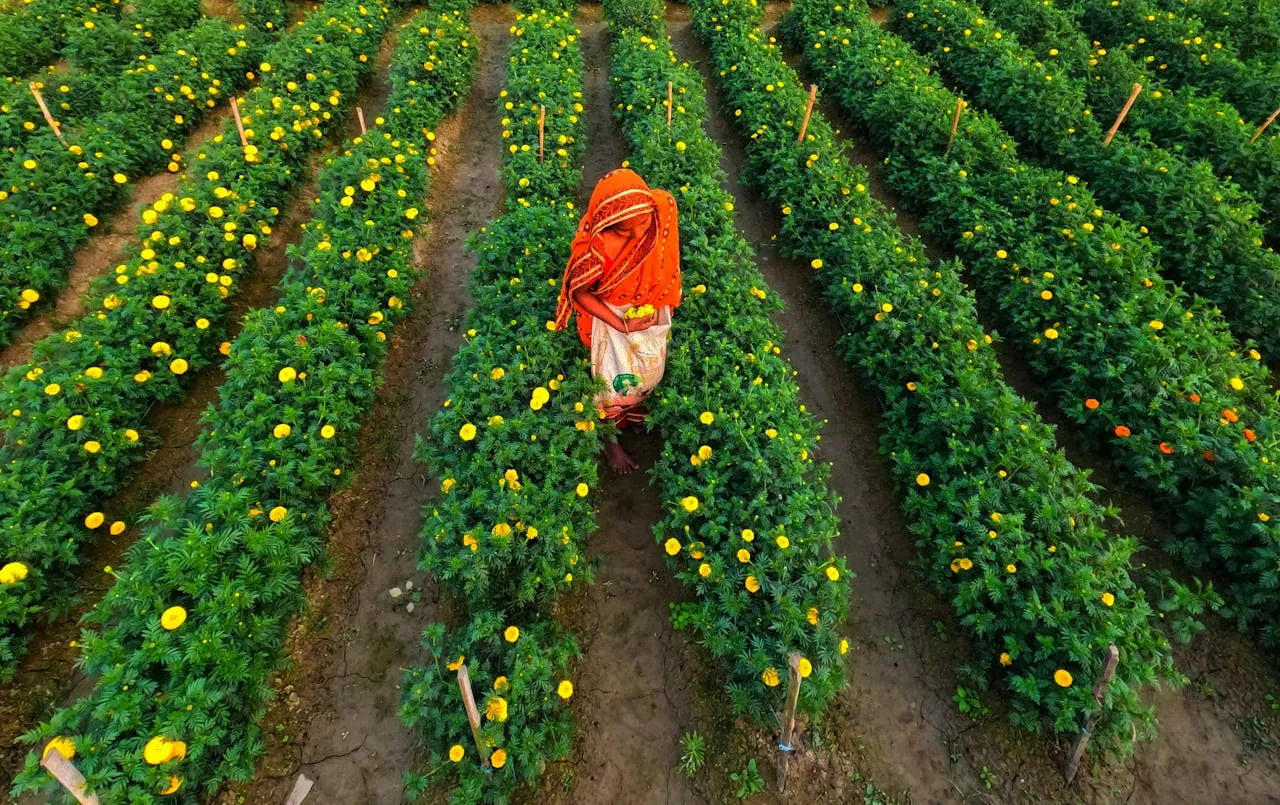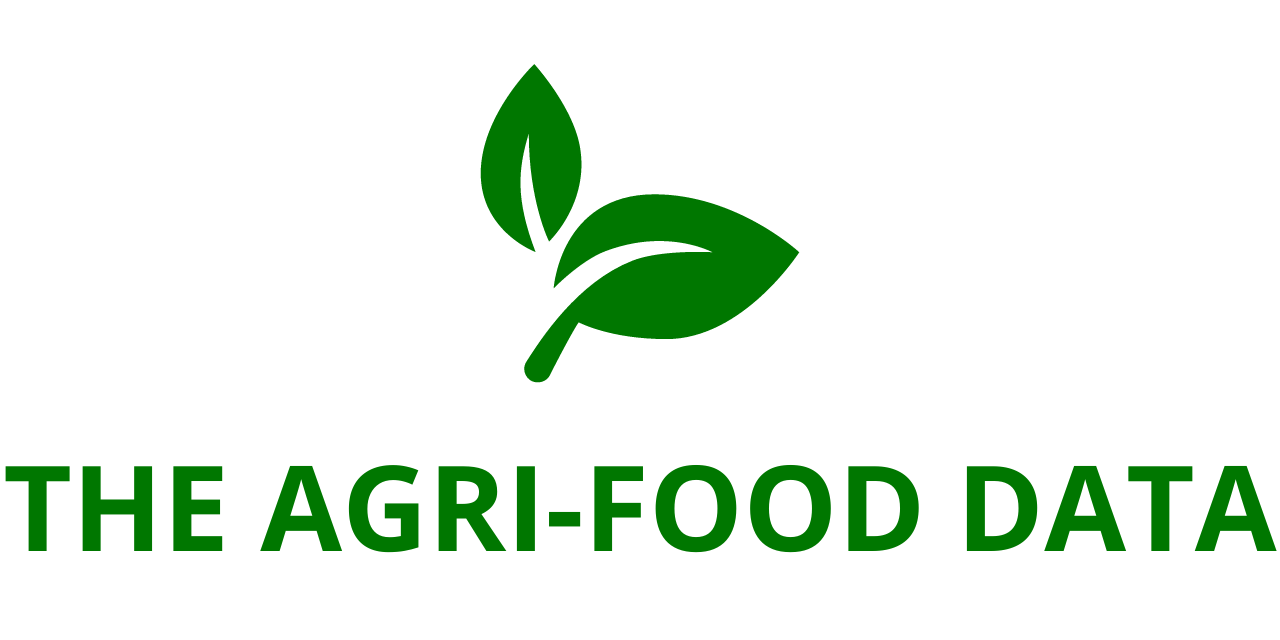
ADM, a global leader in sustainable and innovative solutions derived from nature, has released its third annual report showcasing its accelerating efforts to support global food security and strengthen agricultural resilience through regenerative farming practices. The 2024 report highlights not only ADM’s rapid progress but also its ability to surpass ambitious goals, achieving its 2025 regenerative agriculture target a full year ahead of schedule.
Throughout 2024, ADM focused its work on expanding the adoption of regenerative practices, retaining farmers already engaged in its programs, and extending initiatives into new geographies across multiple continents. These efforts culminated in more than 5 million acres of farmland being enrolled in ADM’s regenerative agriculture program, far exceeding its original 2024 goal of 3.5 million acres. By achieving this milestone, ADM has reached its 2025 target a year early, underscoring both the urgency of the challenges facing agriculture and the company’s determination to address them through large-scale, collaborative solutions.
A Commitment Rooted in Agriculture
ADM’s long-standing relationship with farmers and the land lies at the core of its sustainability mission. For over 120 years, ADM has worked side by side with growers across the globe, recognizing that healthy soil is the foundation of a resilient food system.
“ADM has been connected to the land and the farmers who care for it for more than a century, and we know healthy soil is the foundation of resilient agriculture,” said Greg Morris, Senior Vice President and President of Ag Services & Oilseeds at ADM. “Reaching our 2025 goal a year ahead of schedule is a milestone that reflects what’s possible when partners from farm to table work together. This report clarifies our objectives and demonstrates the tangible impact of our dedication to creating shared value for farmers, customers and consumers.”
The annual report serves not only as an update on progress but also as a roadmap for how ADM envisions scaling regenerative agriculture globally. It provides definitions of core principles, outlines specific practices being promoted, and includes case studies illustrating how regenerative agriculture works in diverse geographies and farming systems.
Key Achievements in 2024
ADM’s regenerative agriculture programs delivered several notable outcomes over the past year, strengthening the sustainability of the supply chain and contributing to climate action goals:

- Significant Emissions Reductions: ADM reduced its Scope 3 greenhouse gas footprint by more than 1 million metric tons, a threefold improvement compared to reductions achieved in 2023.
- Carbon Sequestration Gains: Farmers participating in the program sequestered more than 363,000 metric tons of CO2e, further demonstrating the measurable climate benefits of regenerative practices.
- Global Reach: ADM’s initiatives expanded across six continents, with meaningful progress in North America, Latin America, Europe, and the Asia-Pacific region. These projects illustrate the adaptability of regenerative agriculture in diverse climates and farming contexts.
- Value Chain Collaboration: ADM strengthened connections across the entire agricultural value chain. From thousands of farmers and agronomic conservation experts to downstream partners like The J.M. Smucker Co., Nestlé, PepsiCo and others, ADM has fostered a system-wide commitment to building more sustainable and resilient food networks.
A Farmer-Centric Approach
One of the defining aspects of ADM’s work is its recognition that no two farms are alike. Agricultural operations vary widely in size, crop type, soil health, climate, and available resources. As such, ADM’s regenerative agriculture strategy is intentionally broad and flexible, offering farmers multiple entry points and incentives to adopt practices that make sense for their unique circumstances.
Through education programs, financial incentives, and access to technical innovation, ADM empowers farmers to implement solutions ranging from cover cropping and reduced tillage to nutrient management and crop diversification. These tools not only support soil health and biodiversity but also enhance farm profitability and resilience against climate variability.
Moreover, ADM has built strong partnerships with organizations across the agricultural supply chain, linking farmers with technology providers, agronomic experts, and food companies committed to sourcing sustainably grown ingredients. Each partner contributes to creating a shared vision rooted in conservation and long-term value creation, ensuring that the benefits of regenerative agriculture extend beyond the farm gate to consumers and communities worldwide.
Partnering for Global Food Security
At the heart of ADM’s strategy is the recognition that regenerative agriculture is more than a farming practice—it is a pathway to global food security. By promoting soil health, reducing reliance on synthetic inputs, and enhancing water retention and biodiversity, regenerative systems build resilience against environmental stressors that threaten global food supplies.
“We’re proud to be supporting farmers, agriculture and food security by accelerating a global shift toward regenerative agriculture and providing growers with tools, expertise and incentives that create economic value and unlock new market opportunities,” Morris added. “This rapid expansion showcases our commitment to defining clear practices, setting measurable goals and delivering tangible outcomes for a more resilient agricultural future.”
The 2024 report also highlights ADM’s collaborative work with industry leaders and food manufacturers. By aligning regenerative agriculture with supply chain sourcing commitments, companies such as Nestlé and PepsiCo can meet their sustainability targets while rewarding farmers who implement climate-smart practices. This alignment ensures that the economic benefits of sustainable agriculture flow directly to growers, reinforcing adoption and long-term commitment.





